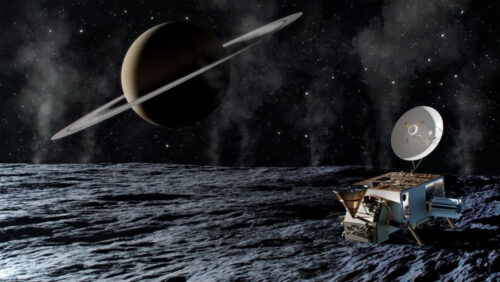
Saturn’s moon Enceladus has captivated scientists with its intriguing features.
Recent findings from the Southwest Research Institute, analyzing data from NASA’s Cᴀssini mission, have unveiled a critical element for life—phosphates.
Enceladus, known for its subsurface oceans and plumes of salty water, has phosphate concentrations at least 100 times higher than Earth’s oceans.
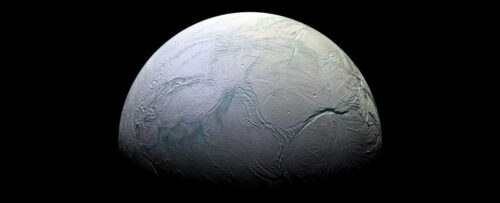
This discovery marks a significant leap forward in the search for extraterrestrial life and astrobiology.
The implications are profound, indicating that habitable worlds can exist beyond the conventional “Goldilocks zone.”
Now, the quest to explore Enceladus further and determine if its habitable ocean is truly inhabited intensifies.
Phosphorus, a fundamental building block of life on Earth, plays a vital role in DNA, RNA, cell membranes, bones, and teeth.
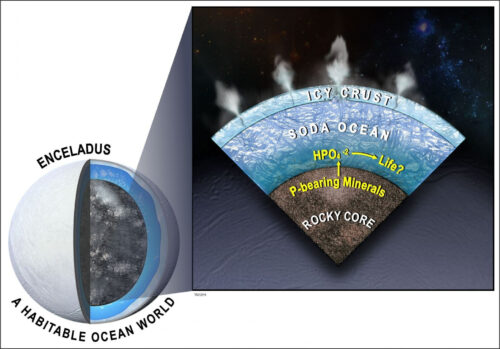
Enceladus’ plumes, rich in organic molecules and salt-rich ice grains, contain sodium phosphates—forms of salt combining phosphorus with sodium.
Such phosphorus-rich environments open up the possibility of life beyond Earth’s boundaries.
The unique combination of a subsurface ocean interacting with a rocky core promotes the dissolution of phosphate minerals, making them readily available for potential life forms in Enceladus’ ocean.
The discovery of abundant phosphates on Enceladus reshapes our understanding of habitable conditions in the universe.
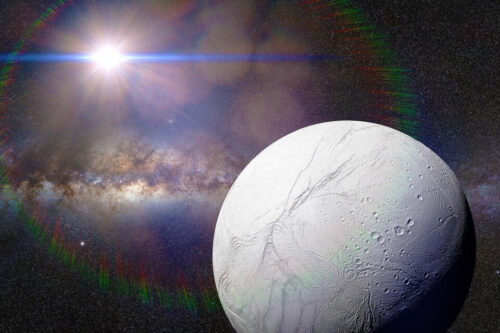
Unlike Earth-like planets with surface oceans, Enceladus demonstrates that subsurface oceans could exist in a wide range of locations, vastly expanding the potential number of habitable worlds.
These findings highlight the need for future robotic missions to explore Enceladus more comprehensively.
NASA’s proposed “Orbilander” mission offers an exciting opportunity to delve deeper into Enceladus. This conceptual spacecraft, currently in the planning stages, aims to follow up on Cᴀssini’s discoveries.
The mission would orbit Enceladus, seeking a suitable landing site to conduct surface investigations.
The prime focus would be studying the plumes’ icy crystals and examining the geological framework.
Moreover, the mission would assess the habitability of Enceladus’ subsurface waters, analyzing temperature, nutrient levels, salinity, and other factors crucial for life.
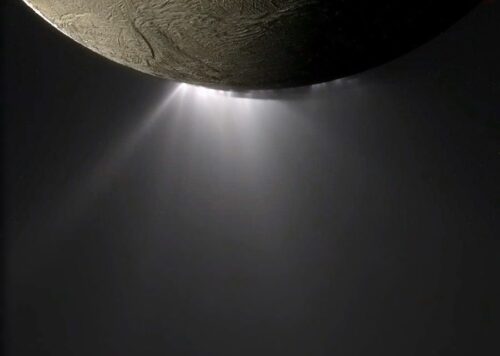
Although the Orbilander’s launch is still several years away, ongoing analysis of Cᴀssini’s data fuels scientific advancements and lays the groundwork for future exploratory missions.
Enceladus, with its spewing plumes and abundant phosphates, presents an enticing prospect for uncovering extraterrestrial life.
The recent discoveries by the Cᴀssini mission have provided compelling evidence of the moon’s habitability potential.
As the scientific community delves deeper into the available data, plans for the Orbilander mission hold the promise of unlocking further secrets and potentially confirming the existence of life on this intriguing moon.
Enceladus remains a focal point in the ongoing quest to explore the mysteries of our cosmic neighborhood and unravel the enigma of life beyond Earth.
